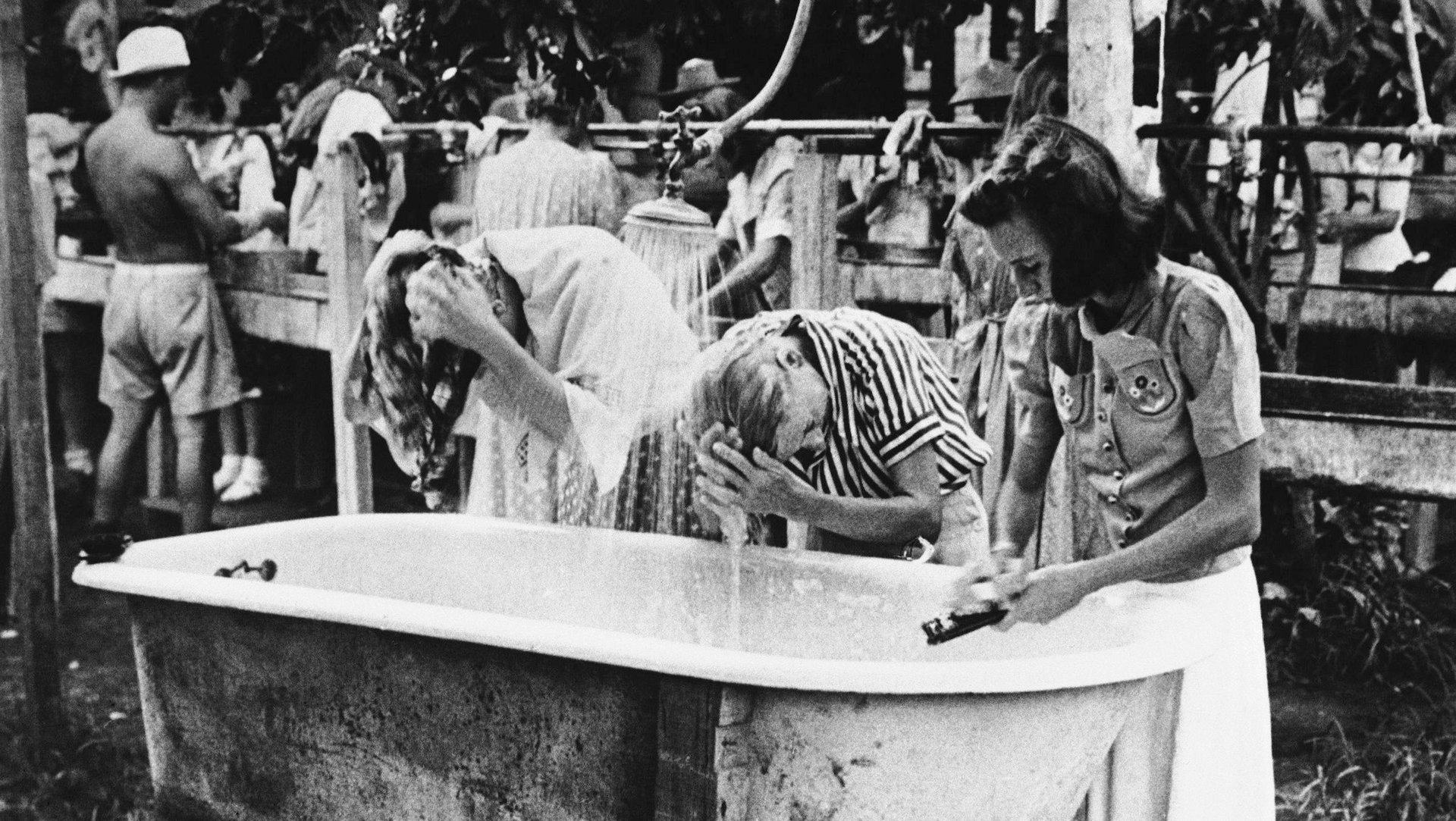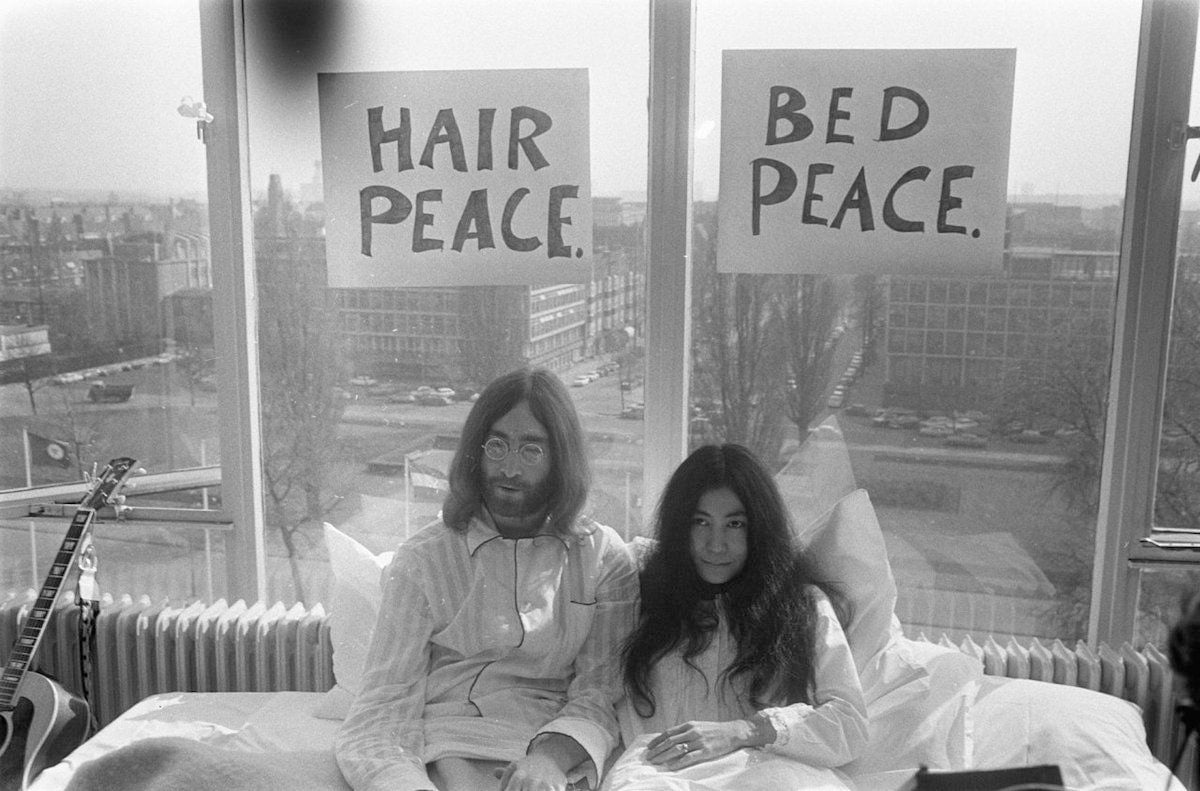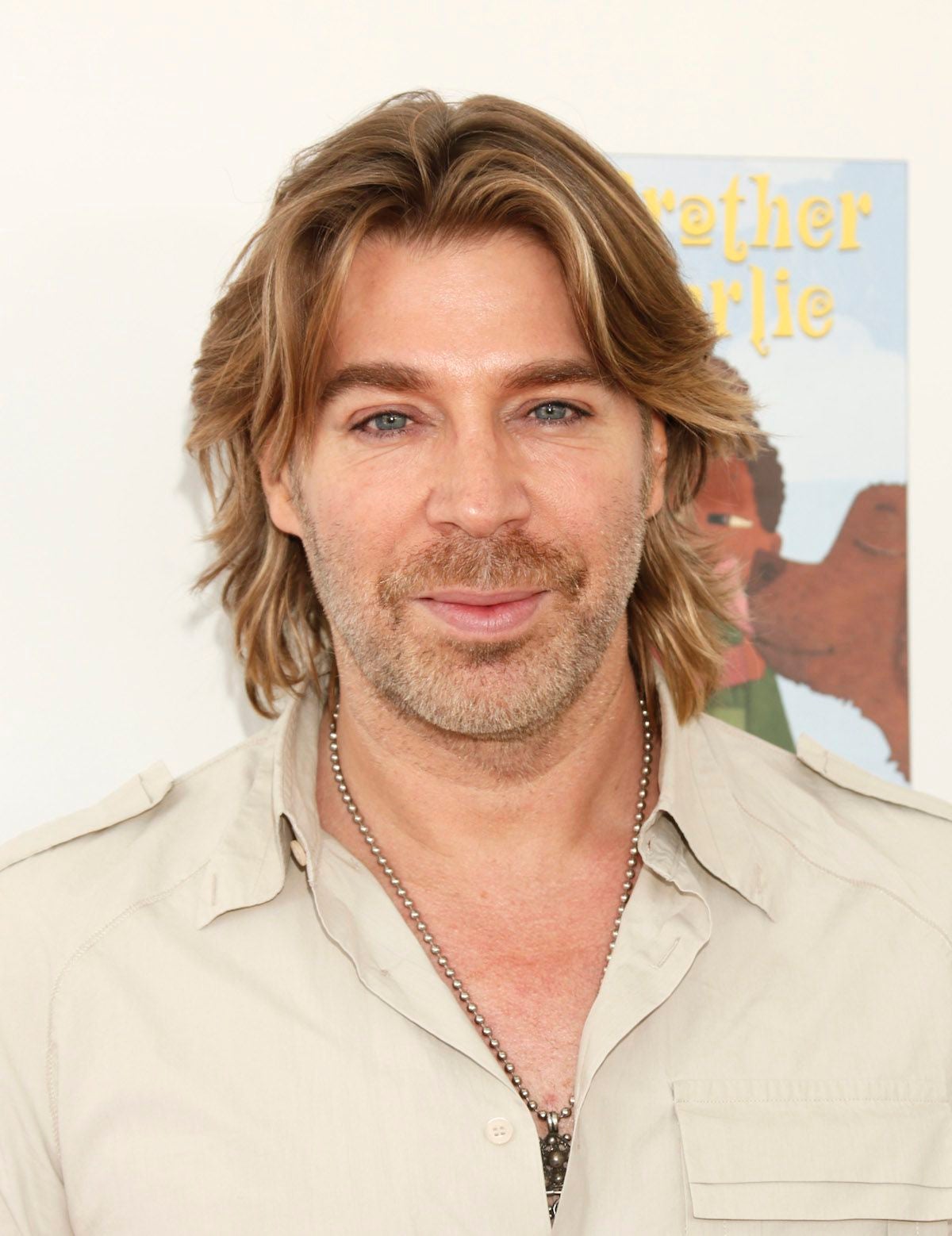How to stop using shampoo and start having better hair
Protocol for hair-washing was once pretty standard: lather up your head with shampoo, rinse, and follow up with conditioner to moisturize and detangle. But shampoo, that old standby in the shower—and a market worth $27.7 billion worldwide, according to Euromonitor—may be on its way out.


Protocol for hair-washing was once pretty standard: lather up your head with shampoo, rinse, and follow up with conditioner to moisturize and detangle. But shampoo, that old standby in the shower—and a market worth $27.7 billion worldwide, according to Euromonitor—may be on its way out.
Turns out that sulfates, the foaming, grease-cutting detergents in shampoo, strip hair of its natural oils and even healthy bacteria. They can be over-drying, which is why hairdressers often suggest only washing hair a few times a week, rather than daily. Problem is, then your hair’s roots can get greasy.
Enter the increasingly popular dry shampoo, a powdery spray-in product that helps absorb the oil and adds volume to grease-laden locks. (In a pinch, you may have an alternative in your pantry.) But it’s a temporary fix that leaves more buildup on the scalp. Hence the need to wash it out with more shampoo… and voila! A vicious cycle of purchasing products and rinsing dollars down the drain.

Ditching shampoo altogether is one solution. Here are two ways to wash it out of your hair.
Try a cleansing conditioner
Cleansing conditioners are sulfate-free, non-foaming creams that you apply in the shower, and an easy way to quit washing your hair without really quitting—the e-cigarette of haircare, according to one beauty blogger. The cult product that paved the way for other cleansing conditioners is called Wen, and it’s made by an LA-based hair stylist named Chaz Dean, who shills his product on late-night infomercials (and favors neckties with tee-shirts).

But it’s great. I have been using it every few days since April and my straight, fine hair feels glossier and thicker. (Full disclosure: I still wash with old-school shampoo at the gym, just because it’s available there, and I fear my hair smelling like a yoga mat.)
I also rubbed a little spot of the buzzy new Purely Perfect cleansing creme in my hair when I found it sitting by the cash register at one of my favorite boutiques. The generally aloof employees turned evangelical when I picked up the bottle. It did indeed smell lovely, and their hair certainly looked nice. Wen and Purely Perfect are pricey (at $32 and $40 respectively) but cheaper mainstream brands make cleansing conditioners now too.
Or you could go cold turkey (plus a couple more ingredients)
This movement has a rather disturbing name: no-poo. It involves quitting shampoo entirely and replacing it with a weekly regimen of washing and conditioning with kitchen products: specifically, baking soda and apple cider vinegar. I haven’t tried it, but this woman has, and she swears her hair is softer, fluffier, and easier to manage (and oddly blonder) for it.
As one would imagine, there is a greasy hump to get over in the beginning, but soon after, hair apparently magically (or scientifically) re-calibrates its natural oil production. Here’s a comprehensive step-by-step, including an old-fashioned solution for that moment when you reach peak grease: wear a hat.